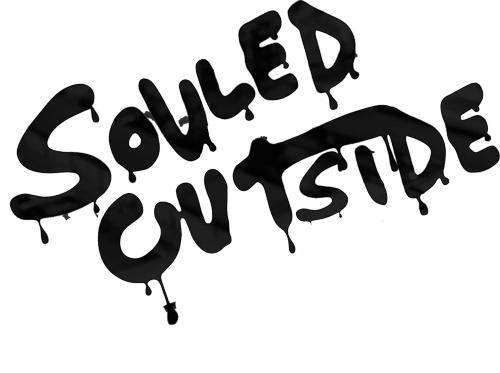It lingered and lingered out in the Atlantic. For Americans, Hurricane Dorian were somewhere safe offshore. For our nextdoor neighbors, Dorian’s 200mph bursts and 23-foot storm surges were in their bedrooms.
This week, as Hurricane Dorian slammed into the Bahamas as a Category 5 hurricane, two events played out simultaneously in real-time on social media, revealing a stark contrast between the realities of Americans and Bahamians.
Stateside, some Americans—so far spared from the storm’s wrath—cracked jokes about The Weather Channel’s Jim Cantore and little league baseball.
But in the Bahamas, the reality was grim. There was no punchline, only the unimaginable blow of seeing long, miserable road ahead. Unconfirmed reports of bodies mingled with verified reports of missing children and family members. While we were busy mocking Cantore by tossing inflatable rafts at one another in Facebook videos, our neighbors were hunkering down in hell.
“They do that because they haven’t been through Irma or Harvey or Matthew,” says Southeast Rescue and Relieffounder Jamie Hough. When Hurricane Harvey slammed through the Florida Keys in 2017, Hough helped mobilize a small army of volunteers who ended up rescuing 180 people and two dogs from dire circumstances. During Harvey, Southeast Rescue and Relief developed a network of dispatchers and volunteers who Hough says use Google Earth, radio and satellite communications, social media and a flotilla of boats to save people from the aftermath of nature’s wrath, from people who are even worse off than the ones in the video above.
“At 2:00 p.m. today I got a call from a lady in Nashville, Tennessee. Her family was on Grand Bahama, on the third story of a house with 15 feet of water in it. She gave us the latitude and longitude and we were able to make contact with someone on the ground with heavy machinery, a big excavator, who went to go get them.”
They were among the lucky ones. The poverty line in the Bahamas sits at around $4,200 per year. According to The Nassau Guardian, more than one in ten Bahamians lives under that threshold today.
“You’re talking about places that get mail once a week,” adds Hough. “And that’s when the weather is good and the boats don’t sink. A lot of the buildings there were blowing over when the wind was 60 miles per hour, much less 200.”
Three months ago, I found myself on assignment in the Bahamas in what you and I would call a picnic area. On the remote outpost of Long Island, Bahamas, it serves as a full service restaurant. There we no tourists here; just some old men playing dominos and Ms. Tryphena Knowles, who pulls triple duty as the owner, bartender and chef at The Divas Spot. She’s the Diva.
Knowles has been operating The Divas Spot for longer than she cares to remember. When she’s not behind the propane-powered skillet, she’s tending to a fledgling bed and breakfast business on the other side of the road. In between rounds of conch fritters, conch salad and fried fish, Knowles takes time to sit and chat. Order a beer, and she’ll teach you that the local brew (Kalik) is pronounced ka-lick. Order her signature cocktail, “The Diva’s Kiss,” and she’ll loudly proclaim, “You’ve just been kissed by the Diva!” while laughing hysterically at your stunned expression. Ask for the secret menu, and one of her friends will likely pull out an unmarked bottle of moonshine and dare you to take a shot.
You’ll take a shot. Then, you’ll marvel at just how similar the scene is to a backyard cookout at home. At the Diva’s Spot, there are pickup trucks and people sitting on tailgates. There’s Mr. Knowles, who spends his time hastily fetching ingredients on runs to-and-from the market in a well-used Ford. And there’s fresh fish coming off of the fryer—just like many of you are used to back home.

The people of the Bahamas are not so different from you and I in spirit. Where they largely differ, though, is in their economic ability. The 2017 GDP of the Bahamas was $12.16 billion. That’s roughly a third of the smallest U.S. state by GDP, Vermont. It’s about three times the GDP of Guam. That’s not much to scrape your shoe on by the standards most of our readers are accustomed to. As a rule, Bahamian exports are pretty limited. If you’ve got a can of Morton’s Salt in your pantry, chances are that salt came from the Bahamas. If there’s a bottle of Bacardi nearby, you’re in luck. Otherwise, that’s it.
Most Americans are familiar with Nassau’s towering resort scene; and many of the 6.6 million visitors who visit the Bahamas each year find their way to all-inclusive experiences at Atlantis. Figures from the Bahamian governmentshow that an increasing number of visitors are also making their way to the islands of Grand Bahama, Abaco and North Eleuthera—three areas directly underneath the steamroller that was Dorian.
The people of the Bahamas are not so different from you and I in spirit. Where they largely differ, though, is in their economic ability. The 2017 GDP of the Bahamas was $12.16 billion. That’s roughly a third of the smallest U.S. state by GDP, Vermont. It’s about three times the GDP of Guam. That’s not much to scrape your shoe on by the standards most of our readers are accustomed to. As a rule, Bahamian exports are pretty limited. If you’ve got a can of Morton’s Salt in your pantry, chances are that salt came from the Bahamas. If there’s a bottle of Bacardi nearby, you’re in luck. Otherwise, that’s it.
Most Americans are familiar with Nassau’s towering resort scene; and many of the 6.6 million visitors who visit the Bahamas each year find their way to all-inclusive experiences at Atlantis. Figures from the Bahamian government show that an increasing number of visitors are also making their way to the islands of Grand Bahama, Abaco and North Eleuthera—three areas directly underneath the steamroller that was Dorian.
Cue Hough, whose family has been visiting Abaco since he was a child. “I started fishing there on and off in 1996. The bottom fishing is second to none. It’s absolutely incredible. The blue marlin is good. The wahoo is insane. The lobster is insane, and a lot of that is because they have so much reef and live bottom and very, very few people taking a pole to it.”
Paradise crushed

Hurricane Dorian swirling over the Bahamas, as seen from the International Space Station. Photo: NASA
The Divas Spot sits some 250 miles south of Abaco. According to Knowles, her island restaurant was mercifully spared from Dorian’s path. “All is well in Long Island,” she said. “God spared us. The Abaco and Grand Bahama got hit hard. Prayers goin’ up for the family and friends there.”
Knowles plans to reopen her restaurant as soon as weather permits; but Long Island is going one step further to help its neighbors to the north.
“We are in the process of putting our islands hurricane recovery kit on a plane bound for Abaco and Grand Bahama to help our northern neighbors through this tragedy,” says Matt Brear, General Manager at Long Island’s Cape Santa Maria Resort. “They did just the same for us in the aftermath of Joaquin.”
Long Island suffered a serious hit from Hurricane Joaquin in 2015. In its aftermath, locals stocked up on thousands of dollars of hurricane relief supplies: clean water, water containers, tarps, satellite phones, roofing nails, solar lights and walkie talkies. Long Island keeps the supplies on tap should another disaster head their way; but this week they found themselves the benefactors of good fortune. Now, they are in the unique position of being one of the first groups of people to offer help.
While Southeast Rescue and Relief waits on Dorian to pass, the Long Islanders are stepping up to provide the limited assistance they have on hand. As of this writing, a GoFundMe to support their first response effort sat at $11,490 of a $24,850 goal.
Even as Hough braces for Dorian to climb its way to his home in South Carolina, more backup is on the way from Southeast Rescue and Relief. “We have planes full of stuff ready to go,” adds Hough. “We have two container ships ready to go but the storm is in between us. Plus, you have to find roundabouts to stop offshore and get supplies to the smaller islands. If a ship goes to Marsh Harbor, the stuff on the boat will never find its way to the smaller places.”
How to help
The full impact of Dorian, the most powerful hurricane to ever hit the Bahamas, will not be known for years. Lesser storms have created new islands, spliced existing islands in half and destroyed habitats for native species, many of which are found nowhere else in the world. What we do know right now is that the human impact is severe. By the time Dorian’s eye finally ambled slowly away from Grand Bahama, after more than 15 hours on top of the island, five people were confirmed dead. And that feels like just the beginning.
We know that early reports indicate as many as 13,000 homes destroyed in the northern Bahaman islands.
We also know that the Bahamas can be a life threatening environment for humans deprived of water, food and shelter.
“The fishing is incredible in the Bahamas,” concludes Hough. “But by far the best thing about the Bahamas is the people. I’ve traveled to 25 countries over the years, and a lot of places the people at the marina don’t make you feel very welcome. The Bahamians have always opened their islands up to us. They’ve always opened their houses up to us, and they are more than willing to let us go there and go fishing or even hop on the boat and go fishing with us. Without question, as Americans we are always welcomed there.”
To donate to the Long Island’s first response efforts, see their GoFundMe page here.
To support the American aide efforts from Southeast Relief and Rescue, visit their website and note that your donation is for the Bahamas.
The government of the Bahamas has also set up a relief landing page. If you’re located in South Florida, you can drop off needed supplies in Fort Lauderdale.












